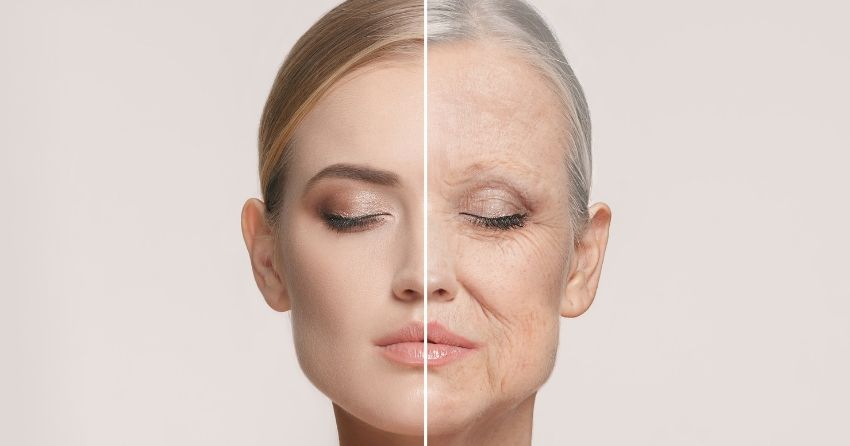The Decline of Autophagy in Skin Aging

The maintenance processes of autophagy recycle damaged structures and protein machinery in the cell. Autophagy is influential on the course of aging, as illustrated by the fact that many of the interventions capable of slowing aging in animal models involve increased autophagic activity. Some, like calorie restriction, have been demonstrated to require autophagy in order to extend healthy life span. Further, autophagy declines with age, and this is associated with the progression of a range of age-related diseases. Better maintenance of cells means better function of tissue and a slower onset of age-related dysfunction. The research community spends a great deal of time and effort in the investigation of autophagy and how to adjust its operation, but for all that, comparatively little concrete progress has been made towards clinical therapies that upregulate autophagy in humans.
This article appeared first on FightAging.org
Changes of the skin belong to the most recognizable signs of aging. Accordingly, skin aging is a major area of interest for cosmetic and skin care industries. From the medical viewpoint, aging of the skin is associated with health problems including increased skin fragility, delayed wound healing, and the increased occurrence of skin cancers, the most abundant types of malignancies in humans. For a long time it has been recognized that the rate of skin aging is determined by intrinsic and extrinsic drivers, but only recent advances in skin gerontology have helped to dissect the molecular and cellular processes that underlie the aging of the skin.
Several of the aging processes are triggered or enhanced by the presence of damaged molecules and organelles within cells, and their turnover is controlled partly by autophagy. Besides proteostasis and organelle maintenance, other factors that are accepted hallmarks of aging, such as nutrient sensing and genomic instability are under the control of or elicit the activation of autophagy, making autophagy a major counter-regulatory process that supports skin homeostasis and healthy aging.
The skin provides several examples to illustrate the two main interactions between autophagy and aging: (1) Autophagy decreases the rate of aging and (2) the activity of autophagy declines during aging. Autophagy suppresses aging in a cell-autonomous manner by maintaining intracellular homeostasis and in a non-autonomous manner by contributing to various cell features that protect other cells. For instance, autophagy supports the differentiation of epithelial cells which allows them to protect other cells against the external environment. Since autophagy achieves the removal and recycling of intracellular material only to a certain extent, potential toxic cell components and dysfunctional lysosomes tend to accumulate during the life-time of cells. Some of the compromised cells succumb to cell death whereas others remain alive but lose their capacity to execute intracellular processes, including autophagy, with full efficiency. Loss and dysfunction of cells manifest in aging.
Long-lived and mostly quiescent stem cells require autophagy for intracellular homeostasis and for continuous ability to supply functional progeny cells. Inherent decline or exogenous suppression of autophagy leads to stem cell loss by competition, differentiation, or cell death. In short-lived differentiating cells, autophagy also contributes to intracellular homeostasis, however, autophagic activity needs to be maintained only over a short time for these cells to be functional. Nevertheless, autophagy defects can be inherited from the long-lived precursor cells (stem cells) and potentially compromise processes such as the defense against microbes, the release of cytokines, and most importantly, the protection against stress factors from the environment. In long-lived differentiated cells, autophagy contributes to the maintenance of cell survival and function. A decrease of autophagy leads to the accumulation of damaged or even toxic components and/or energy crisis. These disturbances of intracellular homeostasis impair the processes essential for cell functions and eventually lead to a loss of these cells.
This study was first published in Frontiers in Cell and Developmental Biology (2019)





